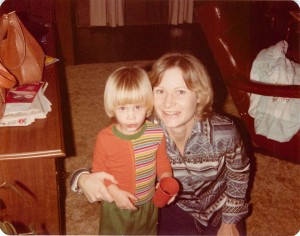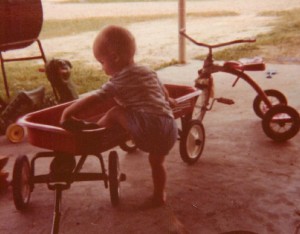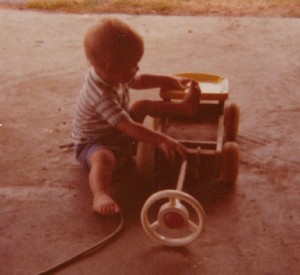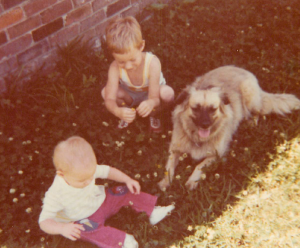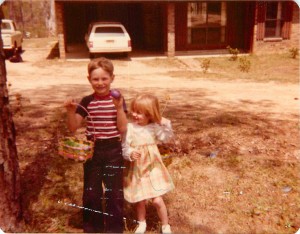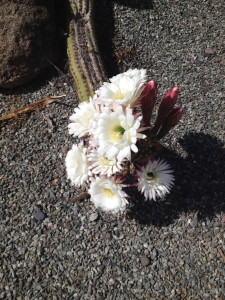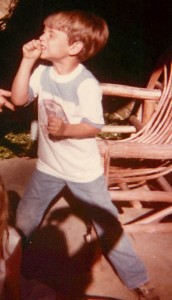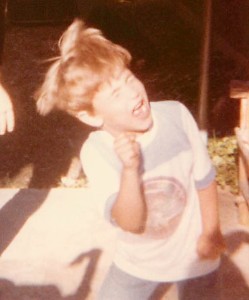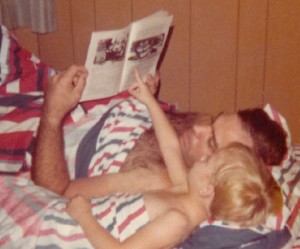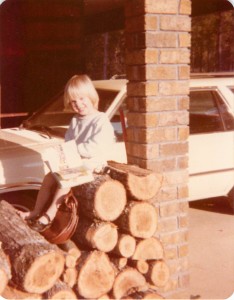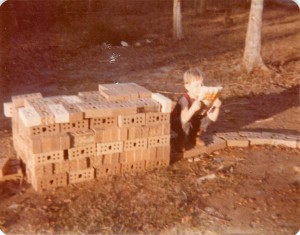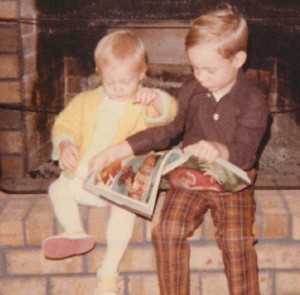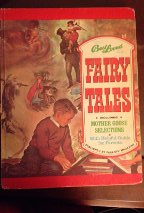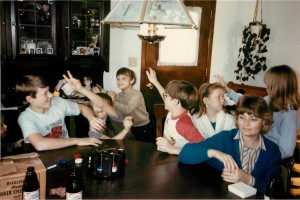 I don’t know when it began, and before digital photography you weren’t even sure it happened until the photos were developed. There were hints that it might have taken place, like the slight touch on the back of your head, a hand being removed from your shoulder, or the eagerness of a family member to have their picture taken with you when typically they shied away from the camera. Bunny ears, rabbit ears, whatever you want to call them, are a chronic virus in my family. Sometimes the virus is active in almost everyone, and sometimes so dormant that everyone is on edge wondering in whom it will surface next. I think I became aware of them when I was five or six years old. I was fascinated by my aunts, uncles, parents, and grandparents taking part in this seemingly “funny” act whenever a camera came out, and equally fascinated when one or more adult became aggravated at the “childish behavior” that would apparently “ruin” the photo… “Why can’t we just have ONE nice picture?”
I don’t know when it began, and before digital photography you weren’t even sure it happened until the photos were developed. There were hints that it might have taken place, like the slight touch on the back of your head, a hand being removed from your shoulder, or the eagerness of a family member to have their picture taken with you when typically they shied away from the camera. Bunny ears, rabbit ears, whatever you want to call them, are a chronic virus in my family. Sometimes the virus is active in almost everyone, and sometimes so dormant that everyone is on edge wondering in whom it will surface next. I think I became aware of them when I was five or six years old. I was fascinated by my aunts, uncles, parents, and grandparents taking part in this seemingly “funny” act whenever a camera came out, and equally fascinated when one or more adult became aggravated at the “childish behavior” that would apparently “ruin” the photo… “Why can’t we just have ONE nice picture?”
As I grew older, and taller (you can’t participate unless you can reach above the head of the person beside you), it became evident to me that this…game?…was more of a sport, a game of stealth and cunning, if you will. As kids (see picture above), we saw every single photo as an opportunity to participate in this ‘tradition’. Just like a young toddler who has just learned to walk and then run, wants to run everywhere, all day…we tried to leave our own mark on every single picture. Little by little we learned some finesse and timing, but I don’t think I will ever be as good as my uncles.
As ‘frustrating’ as this ‘game’ has been at times I’ve learned something from going through hundreds of pictures- this is a kind of tradition. Two fingers sticking up above someone’s head seems to be an expression of affection and love. Yes, a little odd, but that’s what I see in every picture.
I know my family is far from the only one that does this, but it still feels unique, as any tradition does. What traditions, sweet or annoying, are a part of your family?

